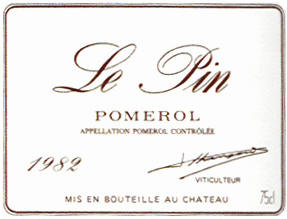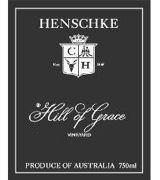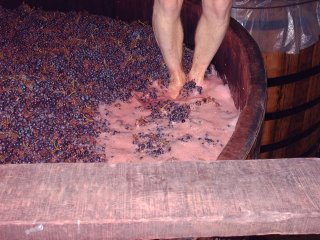Wow, what a night. We're in the middle of the Open golf tournament at Hoylake, and as you might guess the hotel is quite busy. Now golf seems to attract a whole different set of followers than other sports. For starters they are all quite affluent, but not the showy kind of affluent that is usually bravado. These people are wearing understated wealth, expensive but discreet. They know whats good, they know it will cost them, and they are happy to pay. This means we really need to have our a-game on tonight and over the remainder of the week.
I was caught kind of unawares by an unassuming table of two, casually dressed and lounging in the armchairs in the Library. Paco told me they wanted to speak to me before they ordered their meals. Usually that means they want to ask some questions about the menu matching that we offer in the gourmand menu. So a brief look at the gourmand to refresh my memory (aint what it used to be - old age creeping up on me!!) and I approach the table. The guys greet me, and the "host" launches into what he's looking for. He holds no punches either "Im toying with the idea of the La Tache or a first growth". My mind thinks bingo, and I keep a poker face going as I start thinking through my options - Mouton 90 or 96, Latour 1950 (almost knackered), Lafite 1970, HautBrion 85 or 96, or Margaux 49 or 83. Then you could start looking at Cheval Blanc 49 or 96, then theres Pomerol - Petrus 81, 97 or 98 (the latter two really a bit young), then theres the big yin - 1986 Le Pin. As I vocalise my thoughts and dismiss the younger vintages and the Latour I casually throw the Le Pin in almost making a joke about needing a mortgage for it. Bugger me if he doesnt go and decide on it after all. I nearly fell over.

(I know the label image is the wrong vintage but I could find the right one)
My confidence wavers a bit, this bottle is on the list at £2200. Im kind of reluctant to endorse it or encourage him to take it, because if its knackered or he doesnt like it, Ive got a major problem on my hands. I waffle the facts I know about the wine, small production, owned by the Thienpoint family who also own Vieux Chateau Certan, once scored 100 points from Robert Parker and consequently went through the roof. As I fetch the bottle from the cellar I pop into my office and sneak a peak at Michael Broadbent to see what he thought of the wine. He rates it quite highly, higher than most of the 1st growths of the vintage, Mouton excepting. So armed with a few more titbits of conversation I present the wine. As I present it, I regale my customers with my newly found information and mentally cross everything I can that the wine isnt corked.
As I cut down the foil and gently remove it, my heartbeat starts to increase. Paranoia sets in, and I start working through horror scenes in my mind. The damn cork snaps, and I end up fishing out my butlers thief to fetch the last remaining third of the cork. It comes out without further trauma. I eagerly pour a small measure into a glass. So far so good, there is a distinct absence of TCA. As I swirl it round in the glass, the fruit flavours jump forward and assualt my nasal passages. The wine smells outstanding. For a twenty year old wine, there is loads of fruit evident on the nose. There is none of the greenness that I found the last time I served a Le Pin up at Gleneagles. But then this bottle has at least another 12 years of bottle age on that one.
Cursing the sore throat that has been building up all day, I cant really taste much, which is a shame, who knows when I will next get the chance to taste this wine again. I decant it carefully and then we are good to go. After finishing their pre-dinner drinks the gentlemen move through to the restaurant, and its showtime. As the guest swirls the wine in his glass his nasal passages are assualted with flavour and a huge grin breaks out on his face. Relief washes over me and a smile breaks out on my face. A new personal best for the most expensive single bottle of wine Ive sold, and also the most expensive bottle Ive sold here at the Grosvenor.
I went on to have a cracking night, selling some great old clarets and loads of really good (and expensive) Armagnacs and whiskies. Good sales snowball into other good sales, and Im on fire tonight. Bring on tomorrow!!










